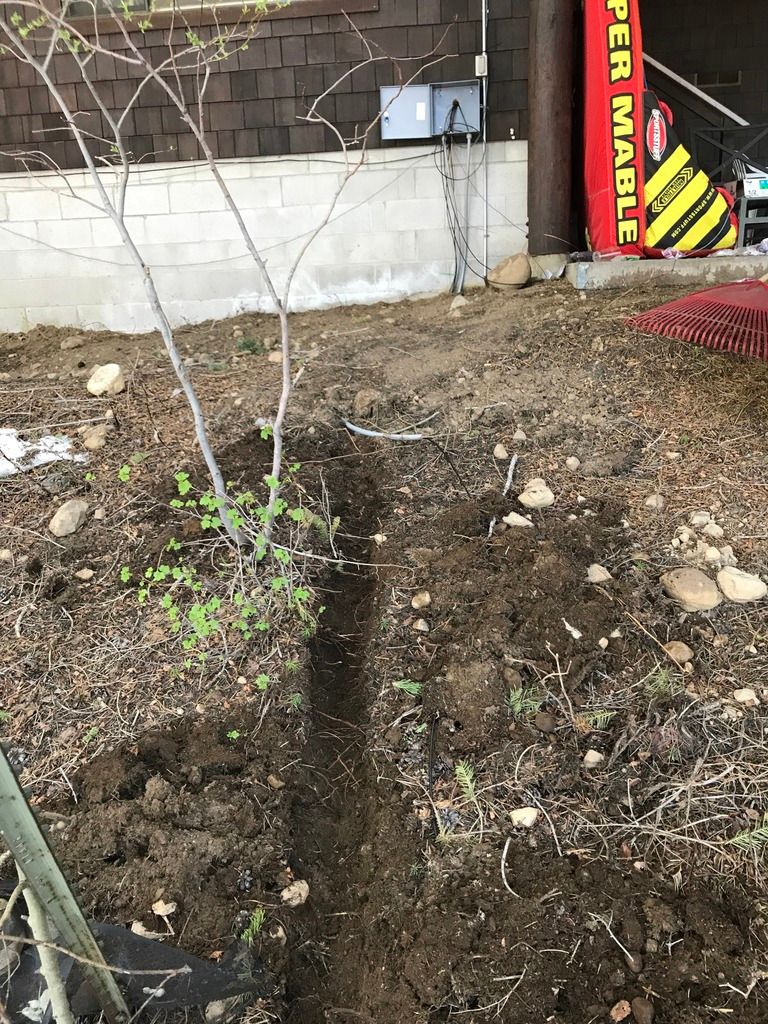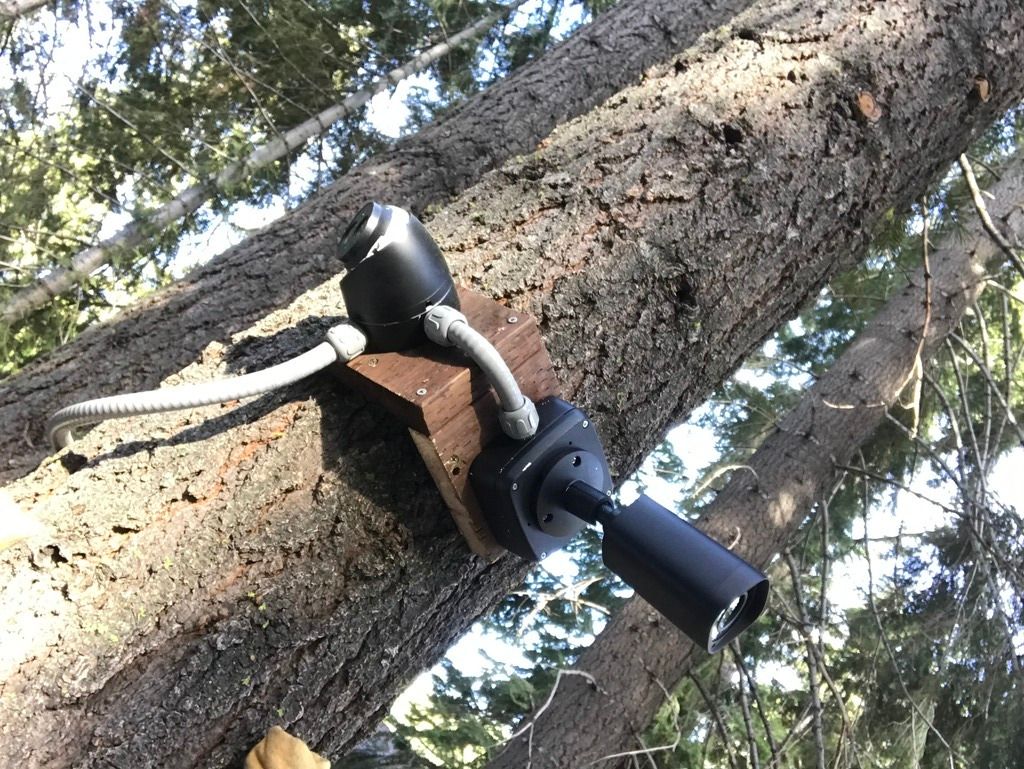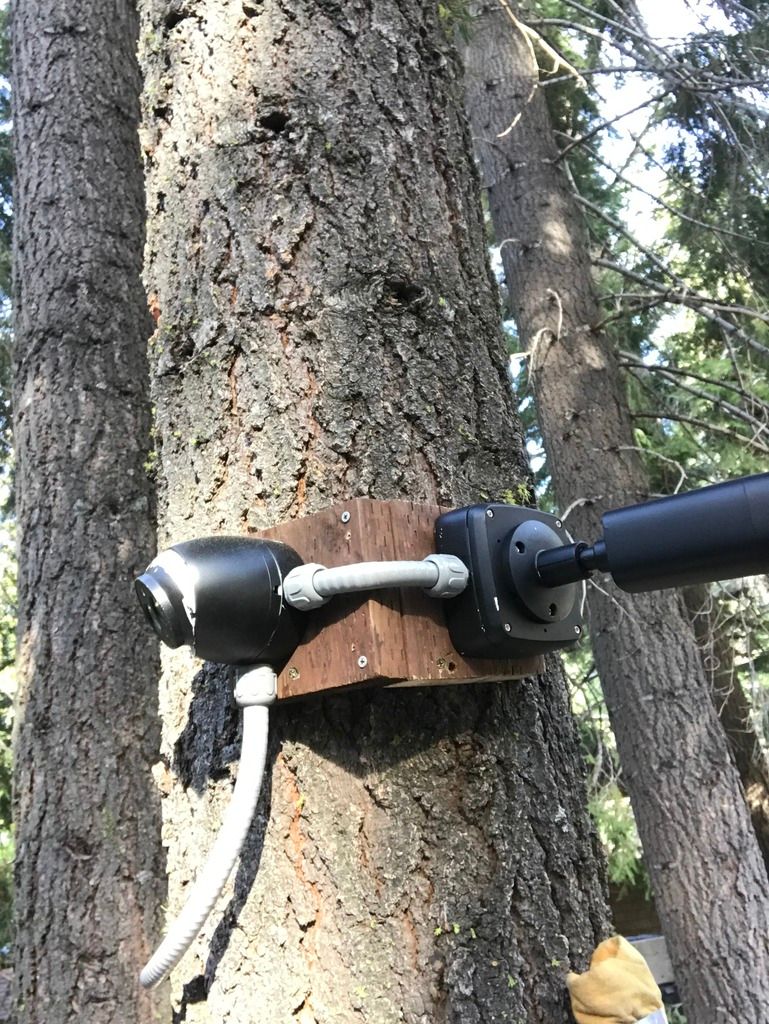logbuilder
Getting the hang of it
Several of us use Startup Delayer (free). It is a good way to control startup of non services.
BI runs well as a service. I recommend.
And I'm a big fan of Classic Shell as the first add on for windows 10.
Some version of VNC can be nice at times. I use TinyVNC.
And your favorite malware/virus checker. I like MalwareBytes.
BI runs well as a service. I recommend.
And I'm a big fan of Classic Shell as the first add on for windows 10.
Some version of VNC can be nice at times. I use TinyVNC.
And your favorite malware/virus checker. I like MalwareBytes.



